- About us
- Support the Gallery
- Venue hire
- Publications
- Research library
- Organisation chart
- Employment
- Contact us
- Make a booking
- Onsite programs
- Online programs
- School visit information
- Learning resources
- Little Darlings
- Professional learning

Navin Rawanchaikul has built his practice around explorations of the transient nature of identity in a globalised world, and draws much of his material from his own experiences.
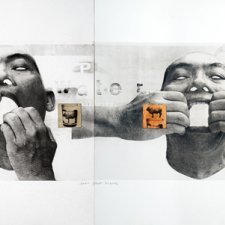
FX Harsono was born in 1949, just as the independence of the Indonesian nation was being established.
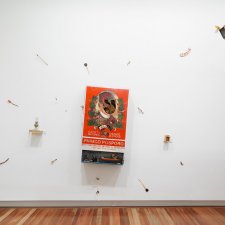
Alwin Reamillo was born in Manila, Philippines in 1964. He studied painting at the University of the Philippines College of Fine Arts, and began his career as a visual art teacher at the Philippine High School for the Arts.

Larry Clark's black-and-white documentary images of young outsiders reveal raw feelings.
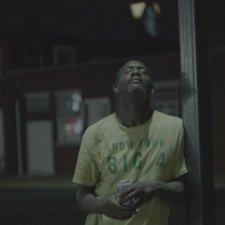
Winner, DPA 2016

Finalist, MDPA 2013
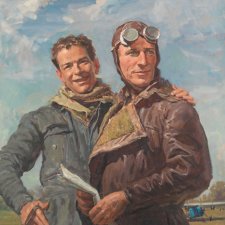
Charles is my wingman
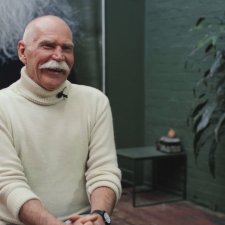
Rod McNicol on photographing Jack Charles.
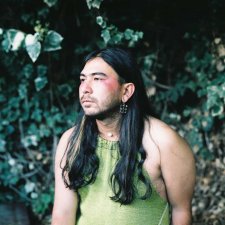
Photographs from internationally acclaimed artists Robert Mapplethorpe, Larry Clark, Nan Goldin, Collier Schorr and Chris Burden along with contemporary Australian artists, Rozalind Drummond and Warwick Baker will call the National Portrait Gallery home during our extraordinary winter exhibition Tough and Tender.




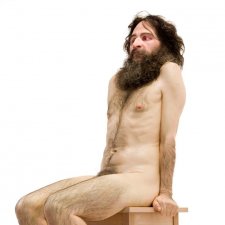
Ron Mueck grew up in Melbourne and began a career in puppetry and special-effects based in the US and then London. In the mid-1990s Charles Saatchi commissioned four major works including Dead dad, which were exhibited in Saatchi’s exhibition ‘Sensation’ at the Royal Academy, London and which travelled to Berlin and Brooklyn.

The winner of the Digital Portraiture Award 2016 has been announced. Congratulations to Amiel Courtin-Wilson for his submission titled Charles.
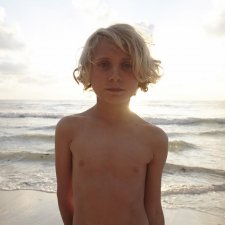
Dr Christopher Chapman, National Photographic Portrait Prize judge and curator, introduces the 2015 Prize.